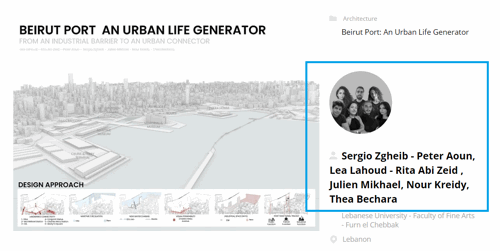Medina Hospitalière

Project idea
Following the Programmatic Design of the University Hospital Complex of the EUROMED University of Fès, a second phase was dedicated to the project in order to understand the proper functioning of its various flows, its composition in relation to the principles of high environmental quality and environmentally responsible strategies that aim at maximizing the profitability of the hospital in terms of energy efficiency while respecting its setting context and the various climate constraints that may occur.
Project description
The design of the University Hospital (CHU) in the outskirts of Fez, Morocco, represents an opportunity to integrate the principles of High Environmental Quality (HQE) into a health infrastructure . This approach aims to minimize environmental impact while maximizing the comfort and well-being of patients, staff and visitors in general. The application of the criteria ‘HQE’ in this context takes into account climatic specificities (nature of climate, wind race, exposure to the sun), cultural ( the Medina , principles of spatial exploitation ) and socio-economic ( displacement , flux , rapprochement territoire-contextuel ) of the region . By adopting the HQE principles, the project promotes the use of local and sustainable materials such as stone and high-energy concrete, while promoting biodiversity with green roofs, thematic squares and parks gardens animated by agricultural greenhouses supporting a mesh roof designed in Ductal Concrete
Technical information
The design of the project follows a so-called stratification strategy, while taking into account a succession of CANOPY elements, designed for stormwater recovery, offering an innovative and ecological approach to water recovery and management, The water thus recovered can be stored in reservoirs and reused for non-potable needs such as watering gardens, the canopy system is also designed to be a structural support of the mesh roof which is light in nature , Ductal Concrete , THE ARCHITECTURAL LANDSCAPE of the façade recalls a mental image of the old medina rethought to be deformed from the character of hospitality . Wind towers are a component of sustainable architecture and embody an innovative and environmentally friendly approach, Their design incorporates principles of High Environmental Quality, aiming to maximize energy efficiency, while allowing a double fluid and natural ventilation of the premises.





